Have you ever wondered where all the electricity in your home comes from? The answer lies in a mysterious metal box, usually tucked away in a basement or garage.
That is your main electrical panel. It’s the central hub, controlling all the power flowing through your house. But sometimes, even a powerful panel needs a little help. That’s where sub panels step in.
Two of the most commonly confused components are the sub-panel and the electrical panel. While they may seem similar, there are some key differences between the two.
In this article, we will break down the differences between a sub-panel and an electrical panel, and in-depth understanding about electrical sub panel.
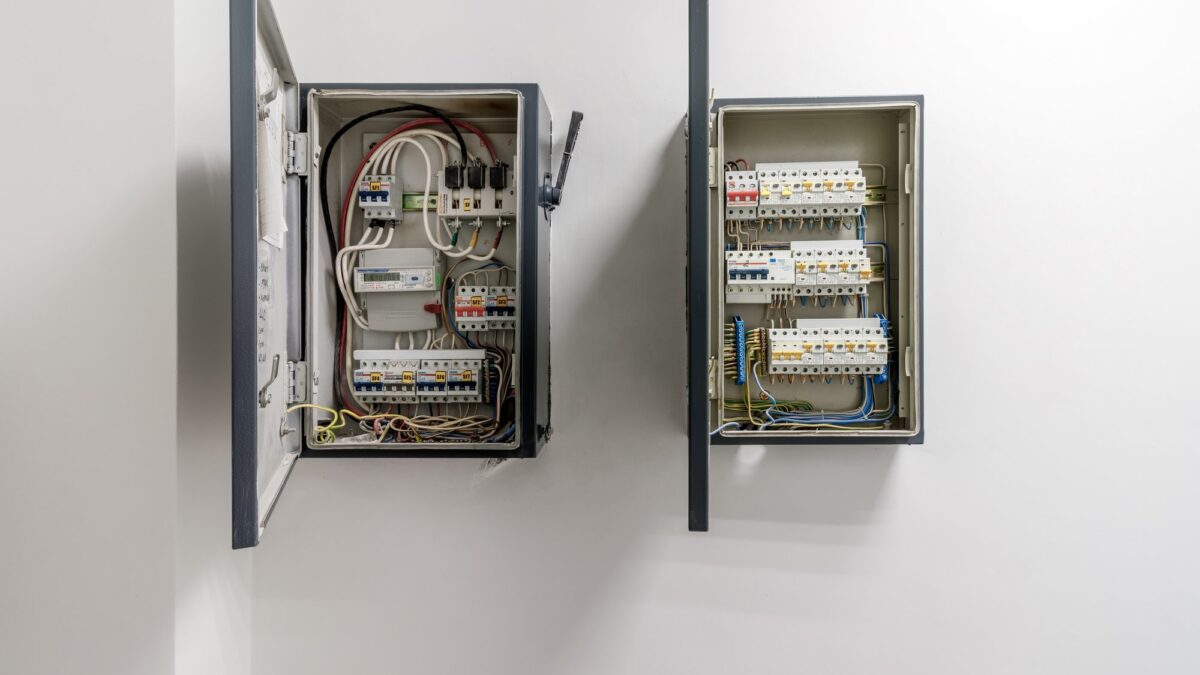
Understanding the Main Panel
An electrical panel, also known as a main panel or breaker box, is the central hub of your home’s electrical system. It typically resides in a garage, basement, or utility room.
This panel is responsible for distributing electricity throughout your home.
Main panel houses the main breaker, which controls all the power coming into your house. Meanwhile, the smaller breakers or branch circuits for individual circuits like lights, outlets, and appliances.
Each breaker acts like a safety guard, tripping if the circuit gets overloaded to prevent overheating and potential fires.
What is an Electrical Sub Panel?
A sub-panel, also known as a sub-distribution panel, is a smaller version of the main panel. Its aim is to distribute electricity to specific areas or appliances in your home. Usually connect to the main panel through a feeder cable and has its own set of circuit breakers.
In larger homes or building, they usually use sub panel. The most common reason is because the main panel may not have enough space for all the necessary circuits. They also power specific areas of the home, such as a garage or workshop, without overloading the main panel.
Main Panel vs Sub Panel
| Feature | Main Panel | Sub Panel |
|---|---|---|
| Purpose | Distributes electricity to entire home | Distributes electricity to specific areas or appliances |
| Size & Capacity | Larger, higher amperage | Smaller, lower amperage |
| Location | Central location (often garage or utility room) | Near specific areas of high demand (home office, home theater, etc) |
| Number of Circuits | More circuits | Fewer circuits |
| Cost | Higher | Lower |
| Breakers | Controls all circuits and main breaker | Controls circuits specific to its area |
| Wiring | Thicker wires to handle higher capacity | Thinner wires due to lower capacity |
| Upgradeability | More challenging to upgrade due to size and location | Easier to upgrade or expand circuits without affecting whole house |
| Connection | Directly connected to utility line | Connected to main panel via a dedicated circuit |
Additional factors to consider:
- Safety: Both panels are crucial for safety, but sub panels can help prevent overloading the main panel and potential fire hazards.
- Convenience: Sub panels provide easier access and control for circuits in specific areas.
- Future-proofing: Installing a sub panel can make adding new circuits in that area easier in the future.
Remember, installing, or modifying electrical panels should always be done by a qualified electrician to ensure safety and code compliance. For the sake of your own safety, no DIY for this project.
When Do We Need Electrical Sub Panel?
When your electrical demands exceed the capacity of the main panel, a subpanel becomes necessary. A subpanel is typically required when building up a workshop, adding additional appliances, or increasing your living area. Here are more detailed signs:
High-Demand Areas
The appliances in the garages, workshops, kitchens or laundry rooms mostly demand high power. A dedicated sub panel keeps things running smoothly and avoids overloading the main panel.
In outdoor spaces like pools, hot tubs, or even landscaping lights also require dedicated circuits for safety and efficiency. A sub panel near the source can simplify wiring and prevent voltage drops.
High-Demands Appliance
Large appliances like electric ovens or EV chargers draw significant power. A dedicated sub panel with heavy-duty wiring prevents overloading the main panel and potential safety hazards.
Sub panels offer compartmentalized protection. If a circuit trips in one area, the rest of your home stays powered up, ensuring uninterrupted comfort and convenience.
Distance Matters
Running long wires from the main panel to distant areas can be expensive and inefficient. A strategically placed sub panel closer to the action saves money and energy. Making it a win-win for both your wallet and the environment.
Future-Proof Protectors
Planning an addition or renovation? A sub panel provides extra capacity for future circuits. Smoother expansion and more cost-effective compared to upgrading the main panel. Think of it as an investment in your home’s electrical flexibility.
SUB PANEL WIRING
Sub panel wiring might sound intimidating, but it’s essentially a mini extension of your main electrical panel, delivering power to specific areas of your home. Here’s a breakdown of the key elements:
Connecting to the Main Panel
Two hot wires or the feeder, usually in black and red, carry power from the main panel to the sub panel. Their thickness depends on the desired amperage capacity of the sub panel. A neutral wire and a grounding wire also connect to the main panel, completing the circuit and ensuring safety.
Power Distribution
- Inside the sub panel, a main breaker controls the overall flow of electricity. Just like the main panel’s master switch, it regulates how much power goes out.
- Each circuit has its own smaller breaker, protecting it from overload and potential problems.
- Metal bars distribute power from the main breaker to individual circuit breakers.
- Individual wires take the power to specific outlets, lights, or appliances. Each wire has the right size and type to handle the amount of electricity it carries.
When you install both the main panel and sub panel, consider making labeling breakers and wires. Its easier to identify everything and maintain the system.
All wiring must follow local electrical codes and hire qualified electrician to install. This ensures everything is connected correctly and protected from hazards.
Conclusion
Different from the electrical panel, a sub-panel is used to distribute electricity to specific areas or appliances in your home. This panel is necessary if you have a large house or if you have appliances with high power.
Both panels are crucial for safety, but sub panels can help prevent overloading the main panel. To install sub panel, you have to hire professionals to ensure the code compliance and safety installation process.
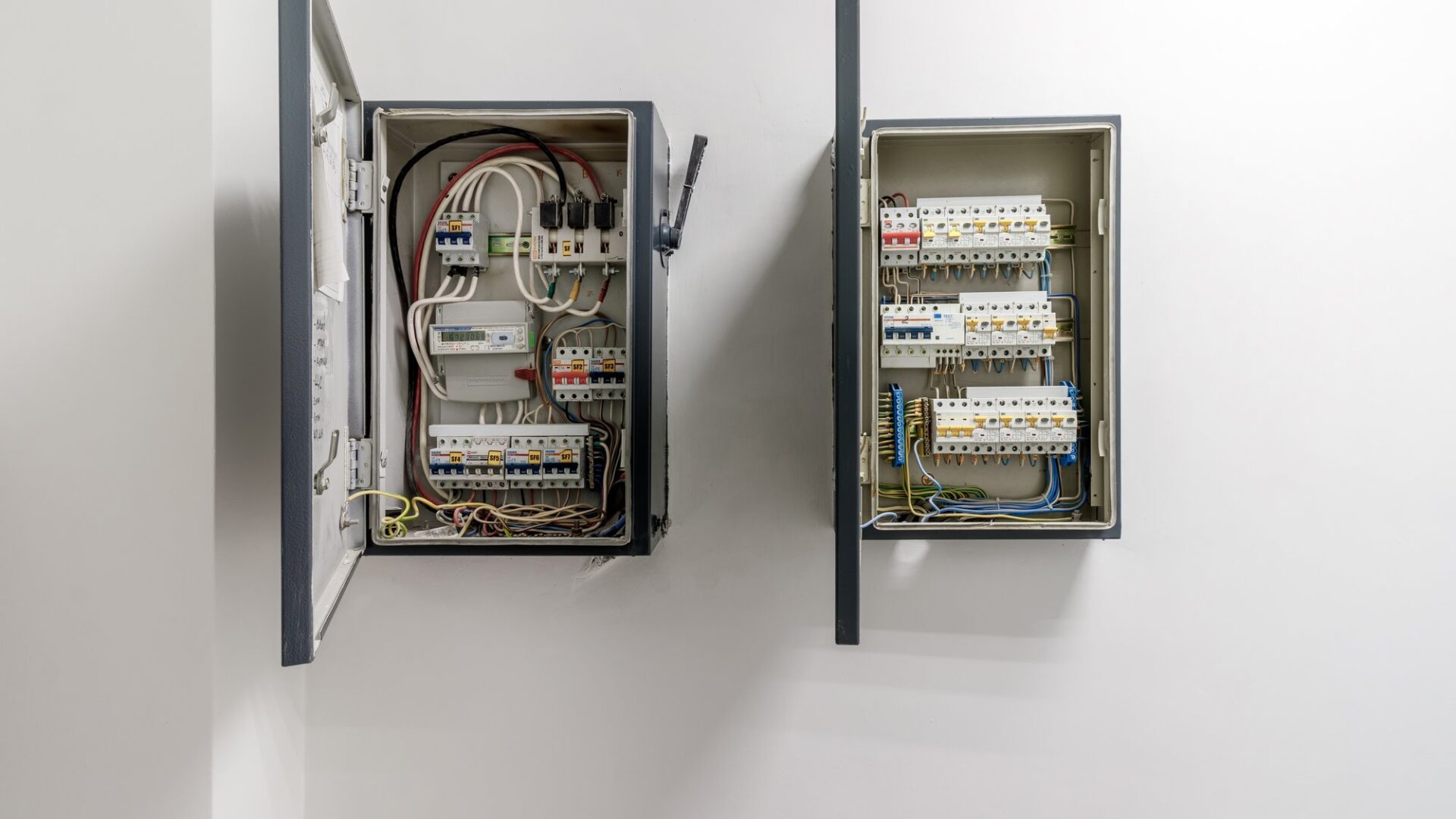
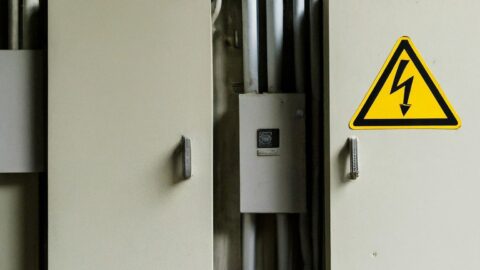
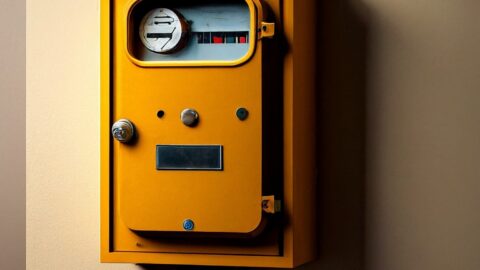
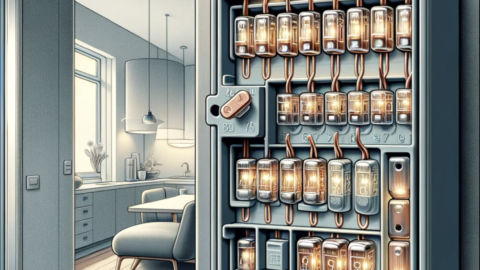
Leave a Reply